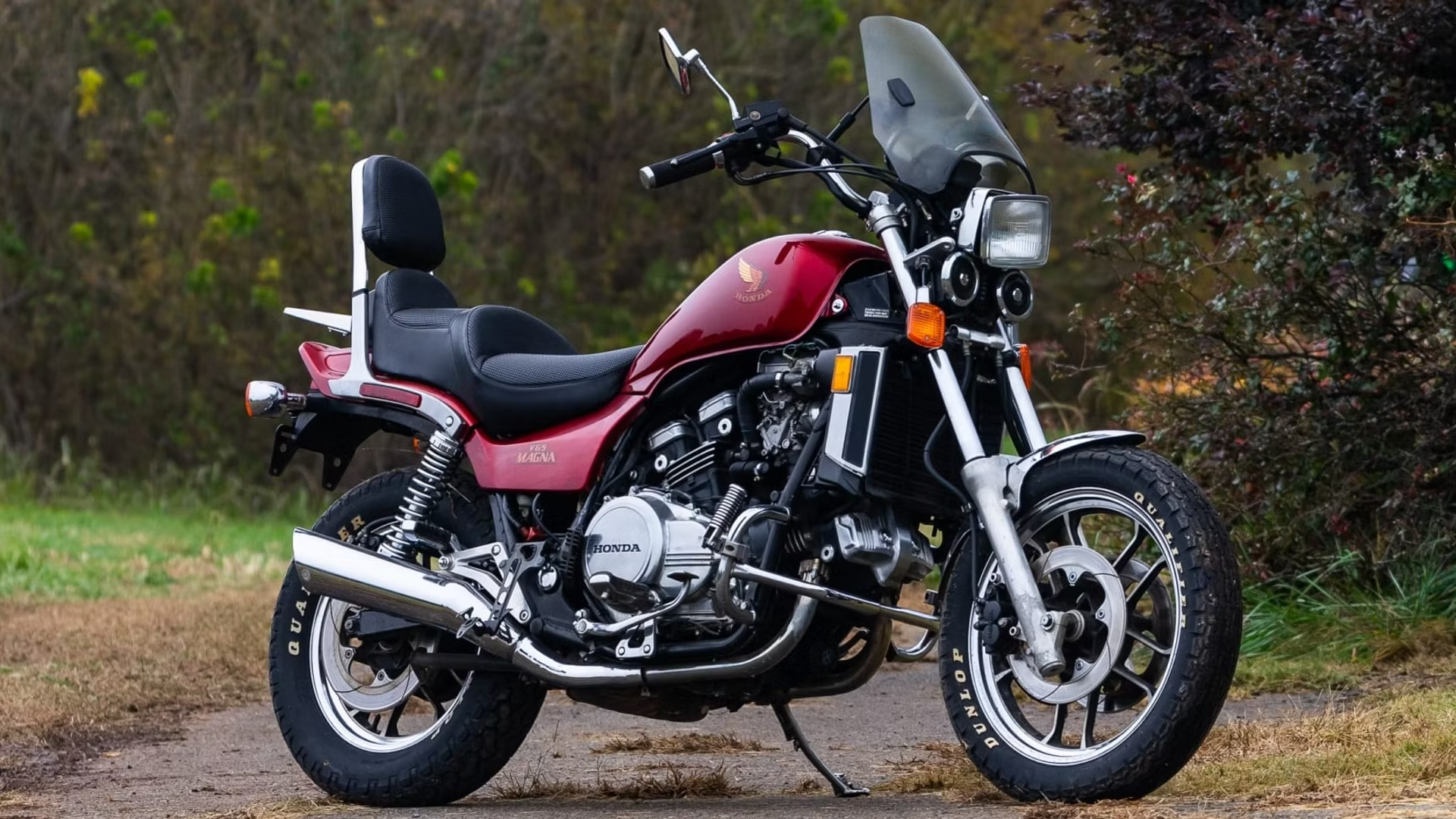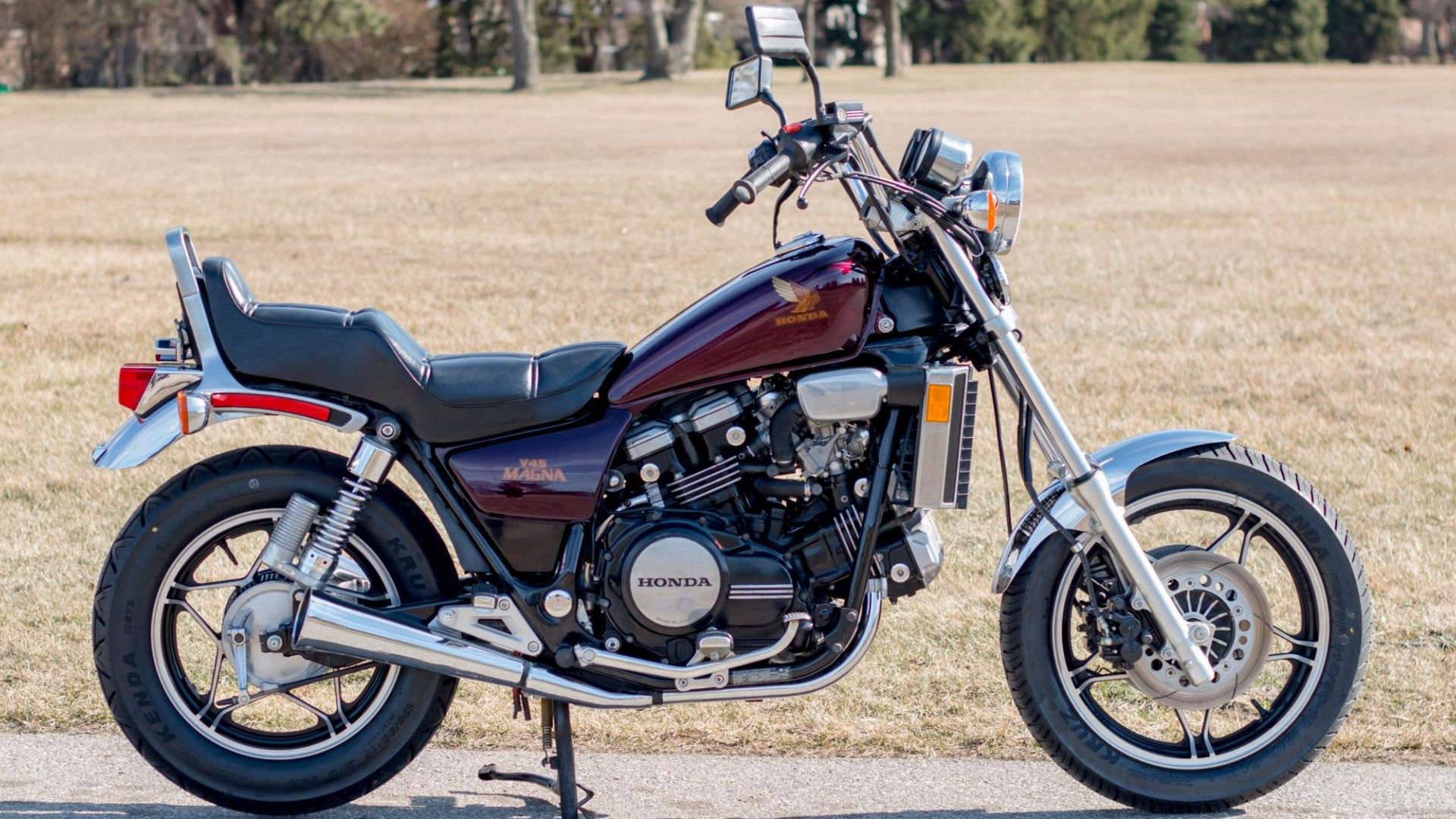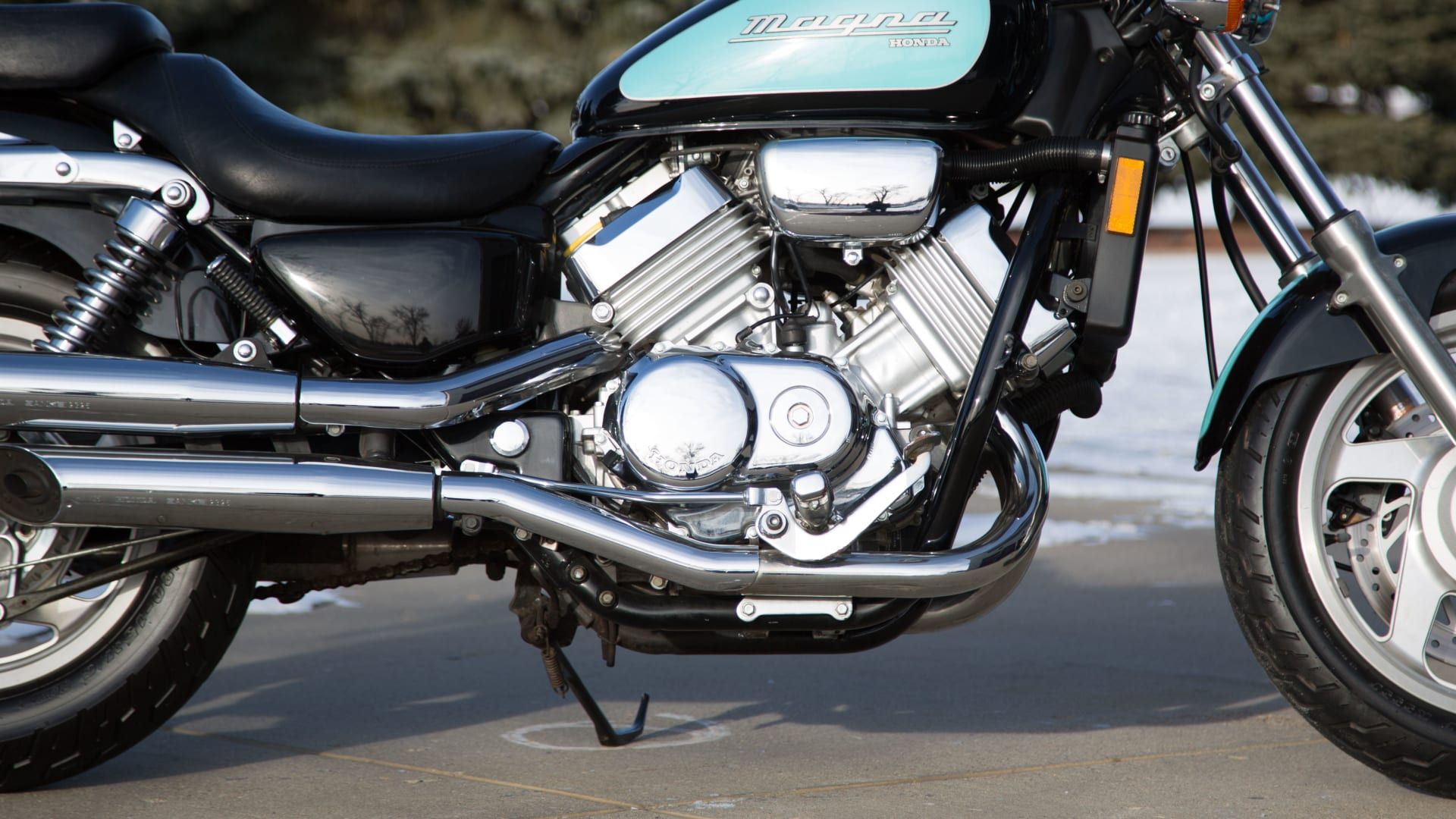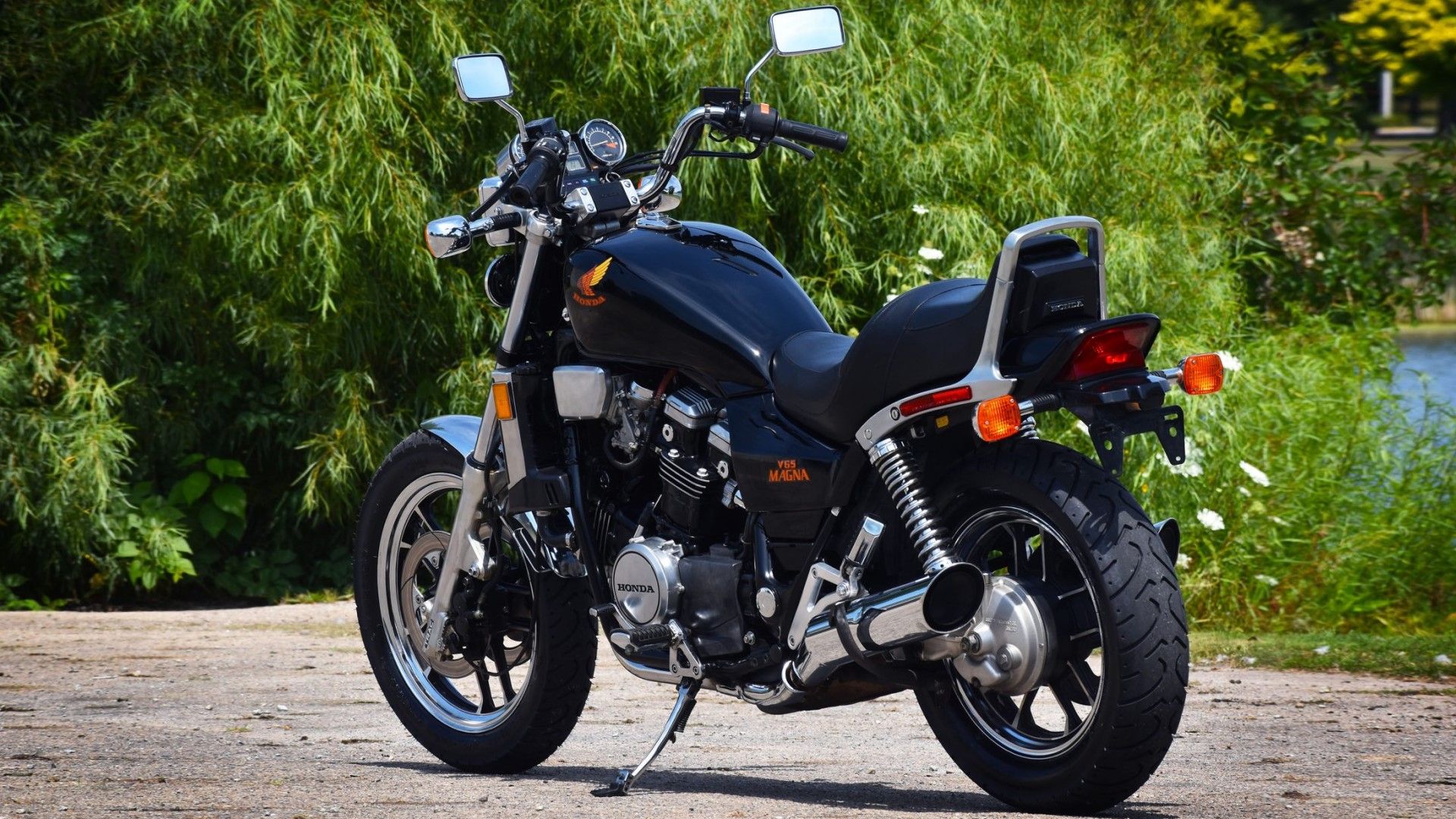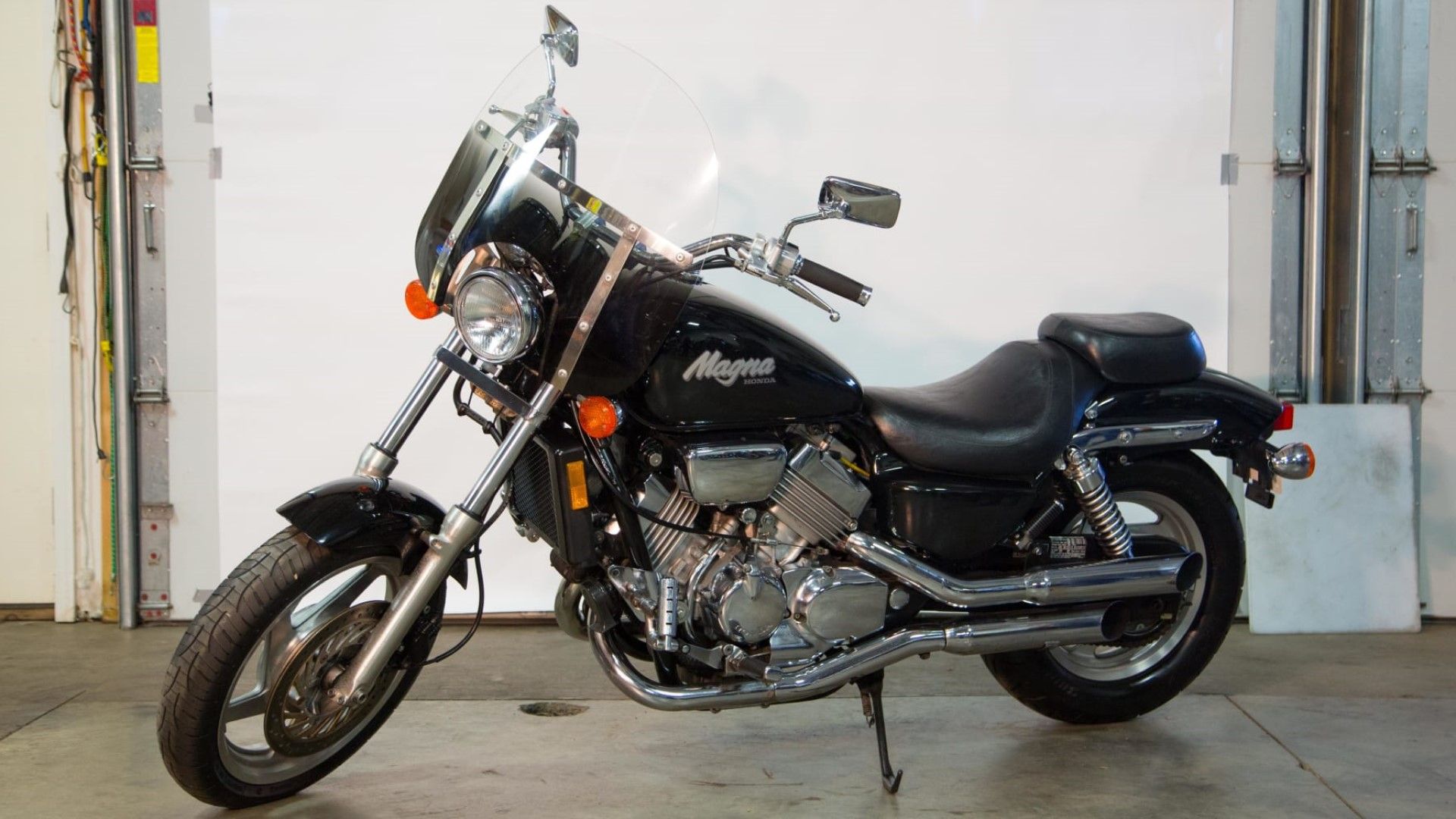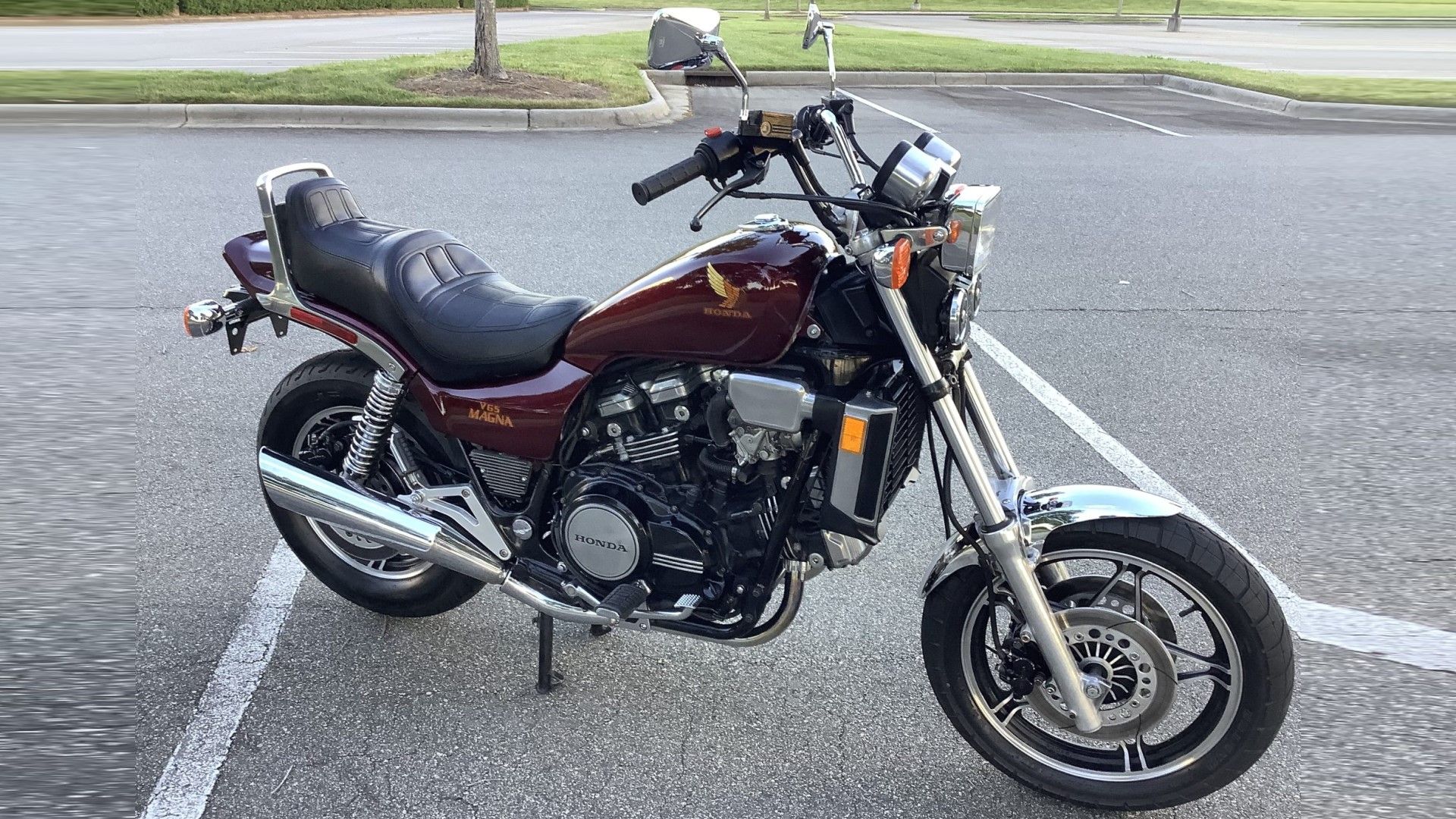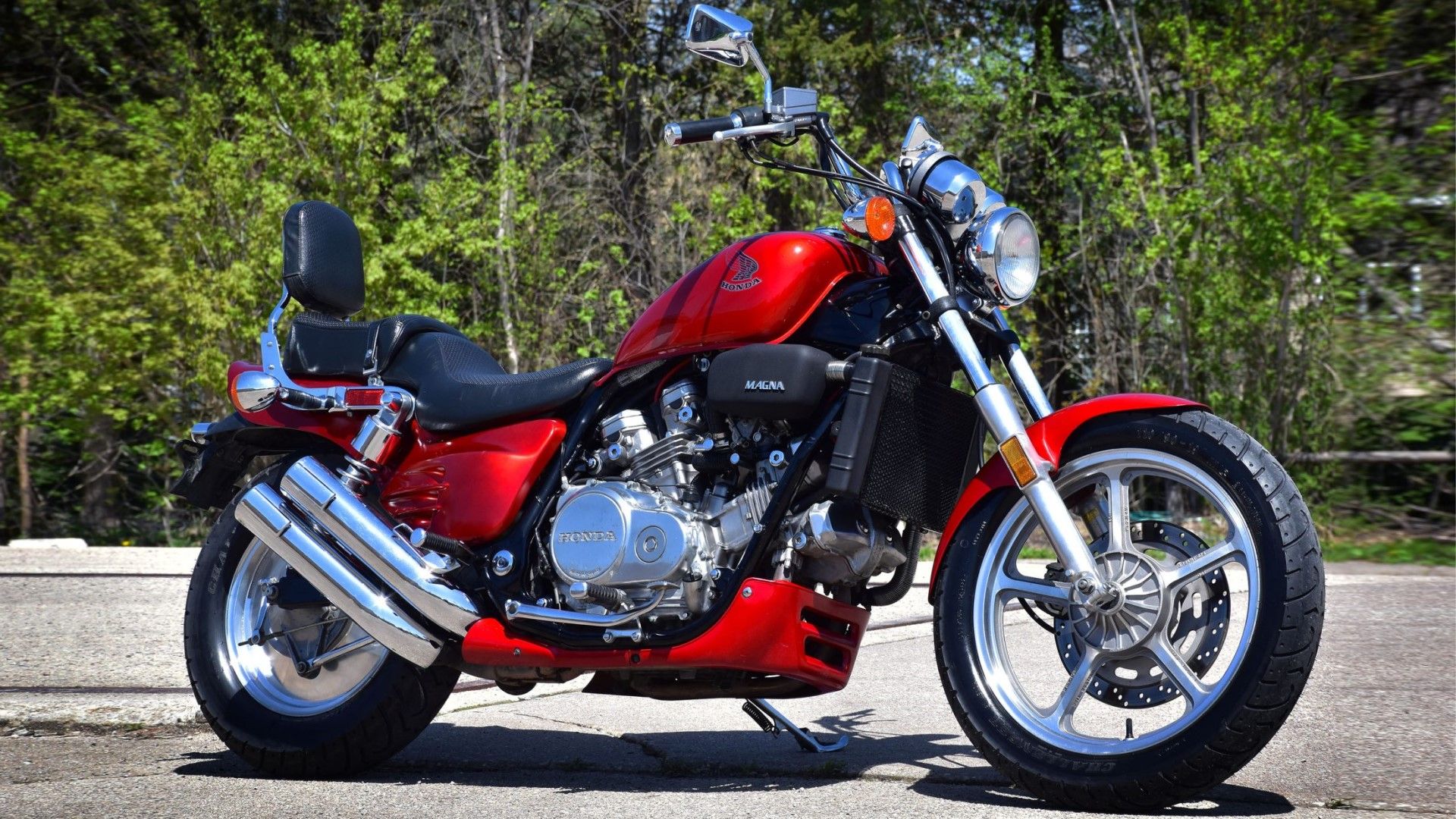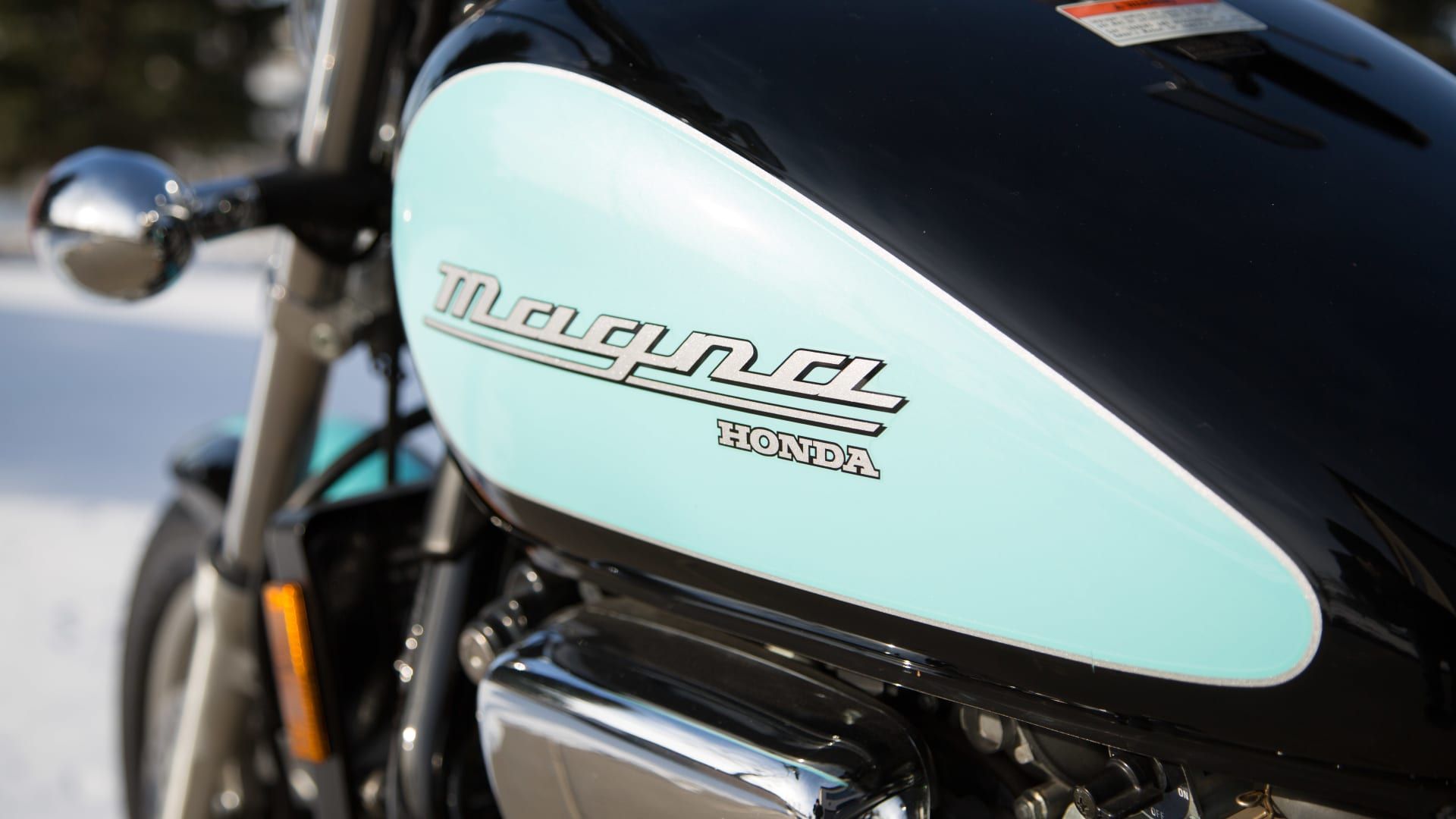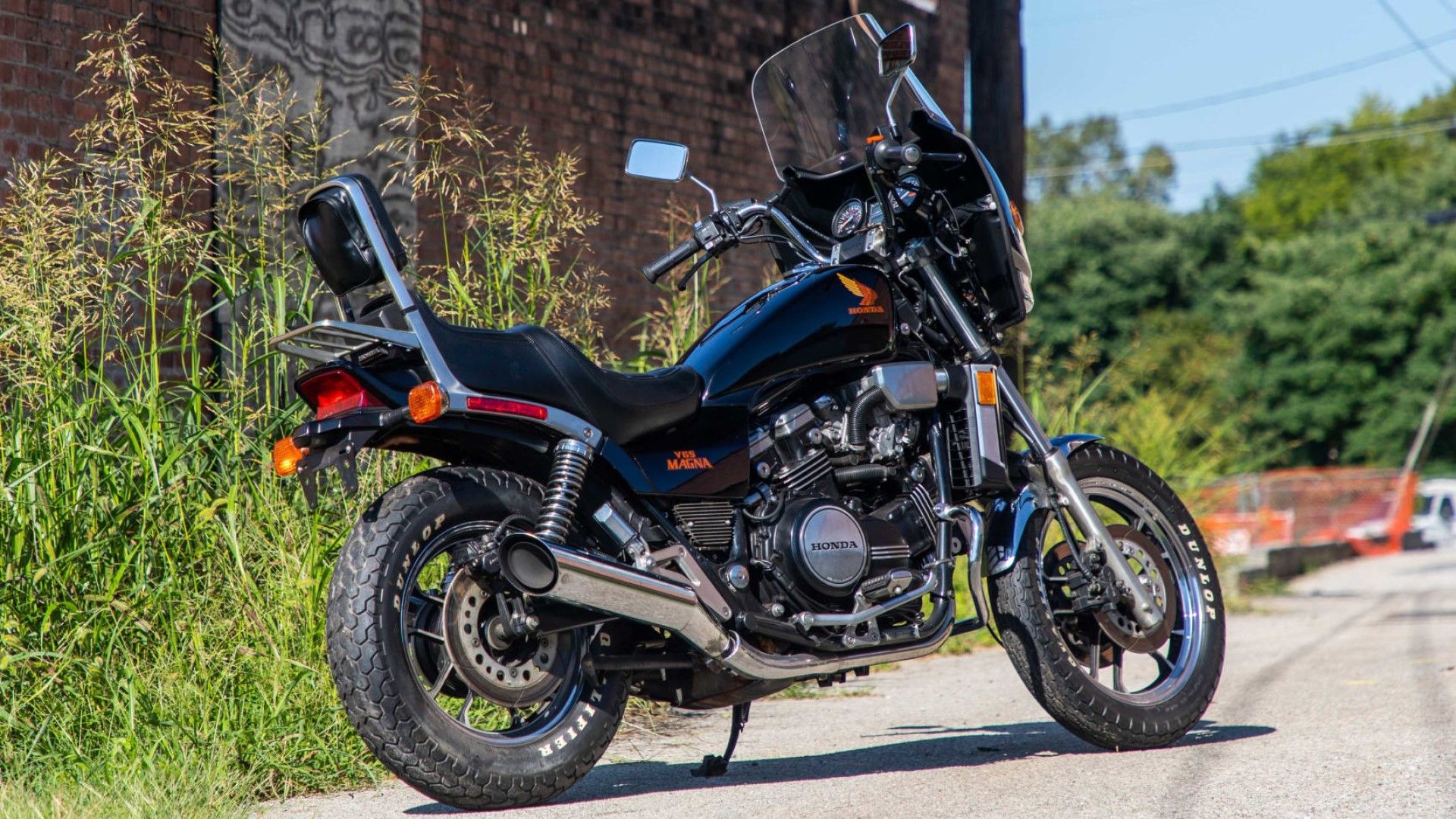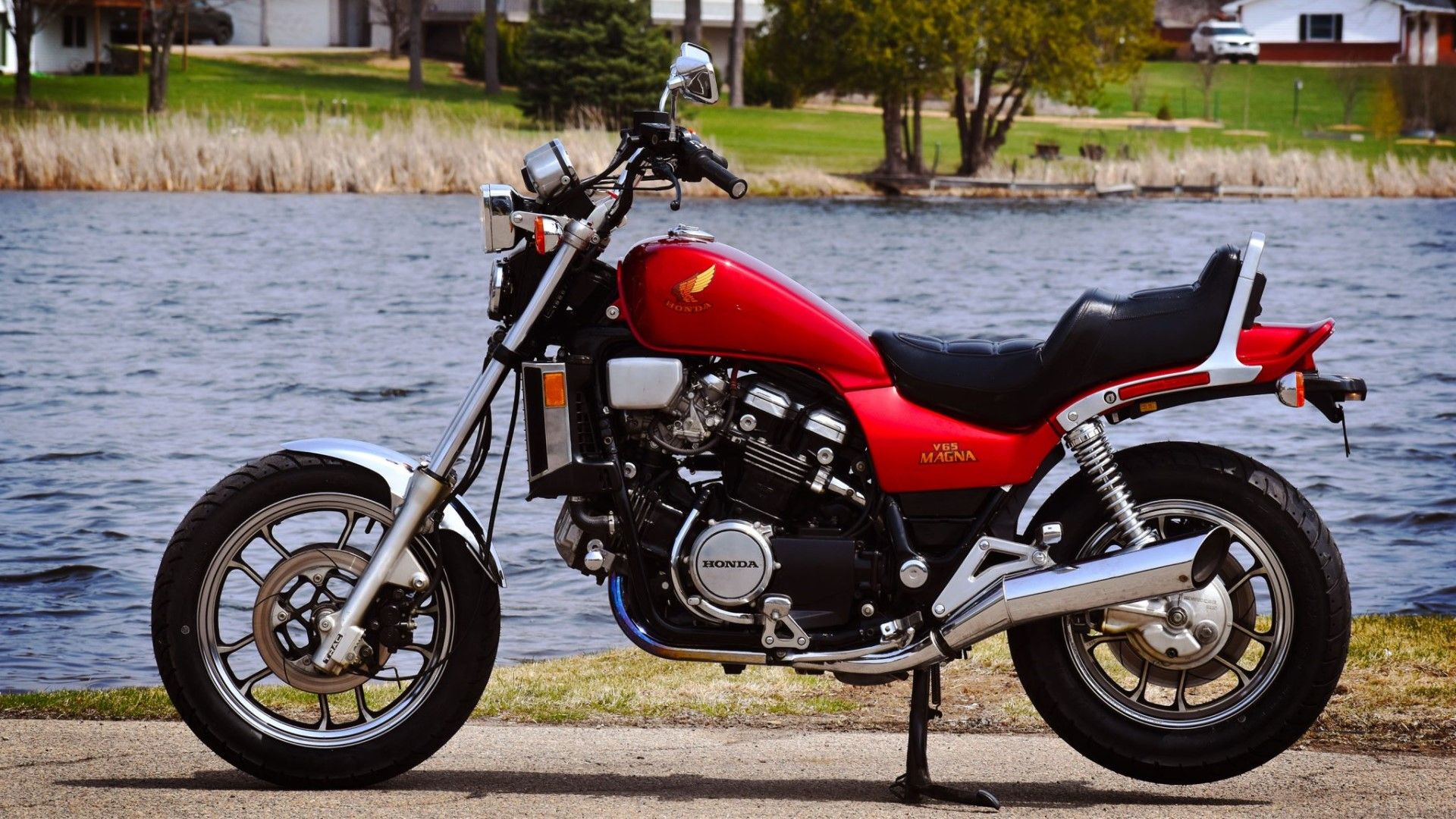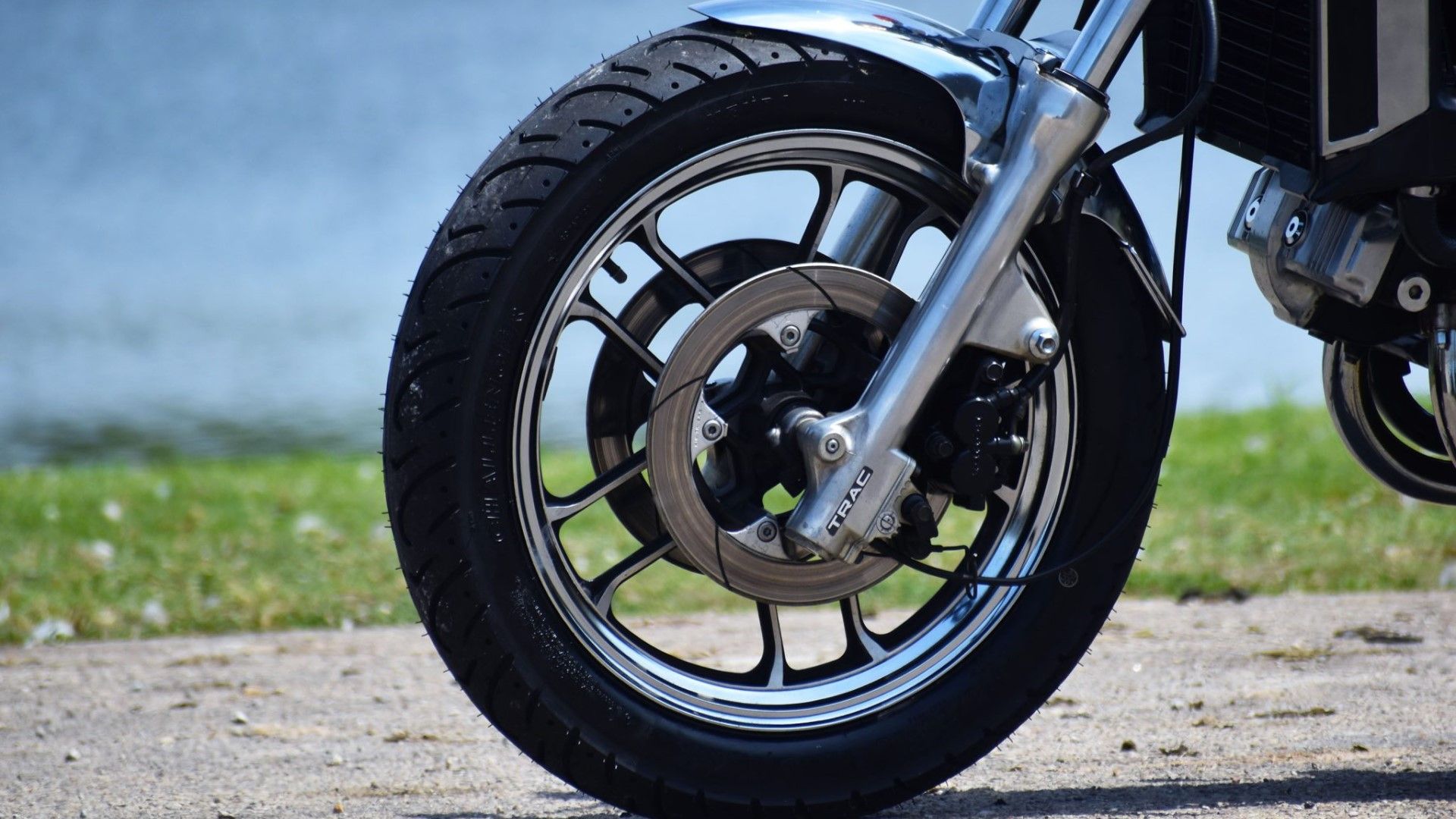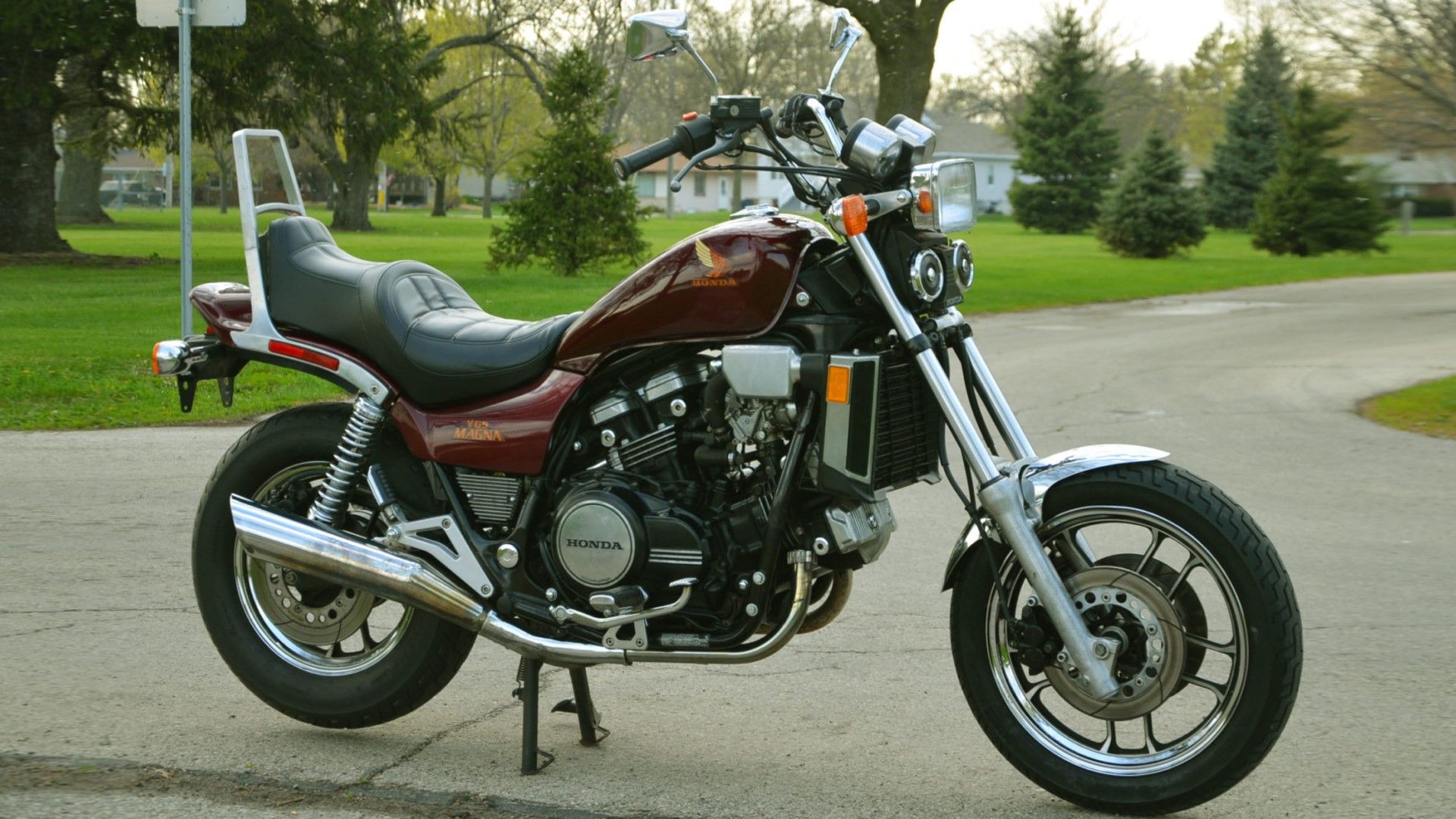Read update
- The Honda-badged Magna power cruiser made waves when it was launched in 1982, and despite being out of production for a while now, it still has a lot of interesting talking points. Given that, we have updated this piece to include a few more highlights of the Magna power cruiser.
Key Takeaways
- The Honda Magna introduced the power cruiser category, offering a comfortable, powerful, and attractive ride to customers.
- Equipped with a liquid-cooled V4 engine, the Magna boasted impressive fuel efficiency and a top speed of around 120 mph.
- Despite discontinued production, Honda Magnas still hold up well over time, offering high reliability and a long lifespan for riders.
In essence, the recipe behind the Honda Magna was simple: take the basic concept and understanding behind a cruiser but implement a sizable engine with plenty of grunt. With Harley-Davidson being the king of cruisers and Honda bringing the go-to match to the show courtesy of the engine from the VFR750, it was seemingly a match made in heaven.
UPDATE: 2024/03/03 02:01 EST BY RAUNAK AJINKYA
The Honda-badged Magna power cruiser made waves when it was launched in 1982, and despite being out of production for a while now, it still has a lot of interesting talking points. Given that, we have updated this piece to include a few more highlights of the Magna power cruiser.
Indeed, this mash-up gave birth to an all-new category: the power cruiser. Buyers flocked to it and with good reason. All in all, the Honda Magna was a comfortable, powerful, and good-looking cruiser, which made for quite a potent combination. And despite being long since discontinued, it's not unusual to see Magnas still gracing our roads. But there's a lot more to the bike, so without further delay, here's all you need to know about the original power cruiser.
All the information in this piece is sourced from the official release of the Honda Magna. For missing information, other reliable sources across the internet have been referenced.
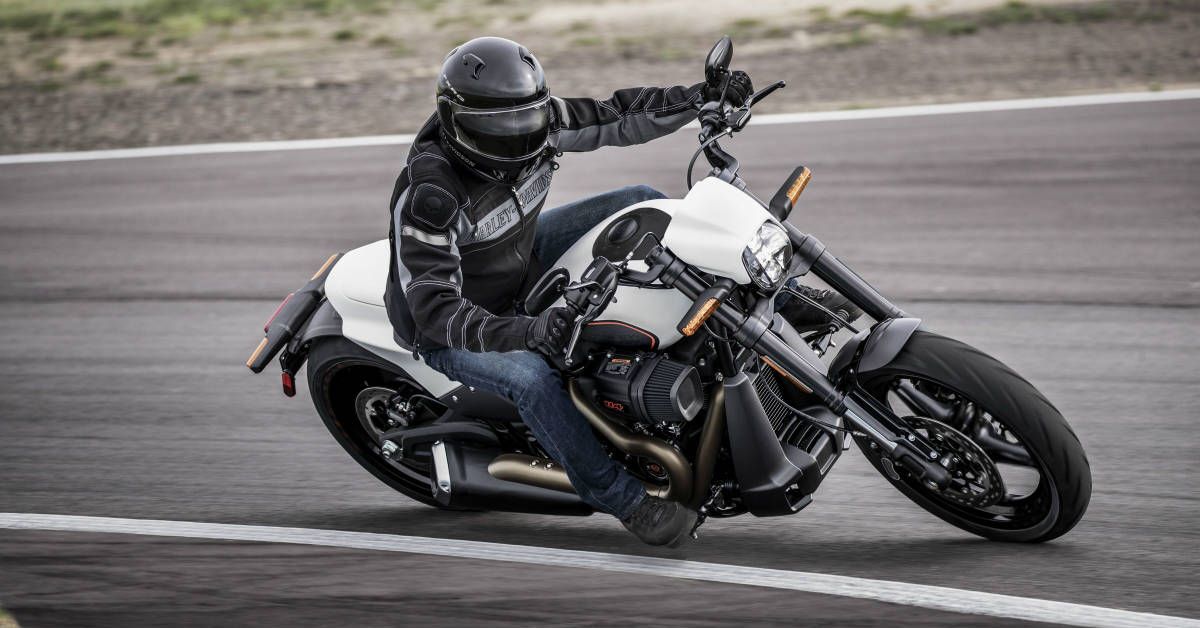
10 Motorcycles That Are The Definition Of Power Cruisers
Few bikes look as mean and intimidating as power cruisers. These bikes were built to pack a punch and look good doing it.12 The First Muscle Cruiser
The First Power Cruiser From Honda
That was the first time a Japanese motorcycle brand had collaborated on a model with pull-back handlebars and foot-pegs in front of the seat. Most motorcyclists had an affinity for cruisers, but the bikes lacked power, so there was a demand for muscle and handling at higher speeds. It eventually gave rise to some legendary muscle cruisers.
Honda anticipated this need by coming up with the idea of a small but efficient sport engine mounted on the chassis. It was the beginning of the power cruisers.
11 Liquid-Cooled V4 Engine
Max Power & Torque: 87 hp & 51.3 lb-ft
The 748cc V4 engine was a brand-new design by Honda that delivered 87 horsepower and 51.3 lb-ft of torque. It was one of the first liquid-cooled units allowing for 90 degrees at full trot.
The unit was linked to a six-speed transmission with a hydraulic clutch and shaft drive capable of taking the bike to a top speed of around 120 mph. Each of the engine cylinders of the Magna breathed through four valves operated by overhead cams.
1995 Honda Magna Engine Specs
|
Engine Displacement |
748cc |
|
Engine Type |
4-stroke, 90-degree, V4 |
|
Power |
87 hp |
|
Torque |
51.3 lb-ft |
(Specs sourced from Motorcycle Specs)
10 Impressive Fuel Economy
Fuel Efficiency: 43 MPG
The Honda Magna returned about 43 miles per gallon, which is quite good considering the fuel tank's capacity. The tank had 3.5 gallons when full. It also managed an average of 138 miles before draining the tank.
The impressive range probably came from the fact the initial tank was too small for Honda, so they decided to put another tank beneath the saddle with a fuel pump. The minimum fuel grade was 87 octane.
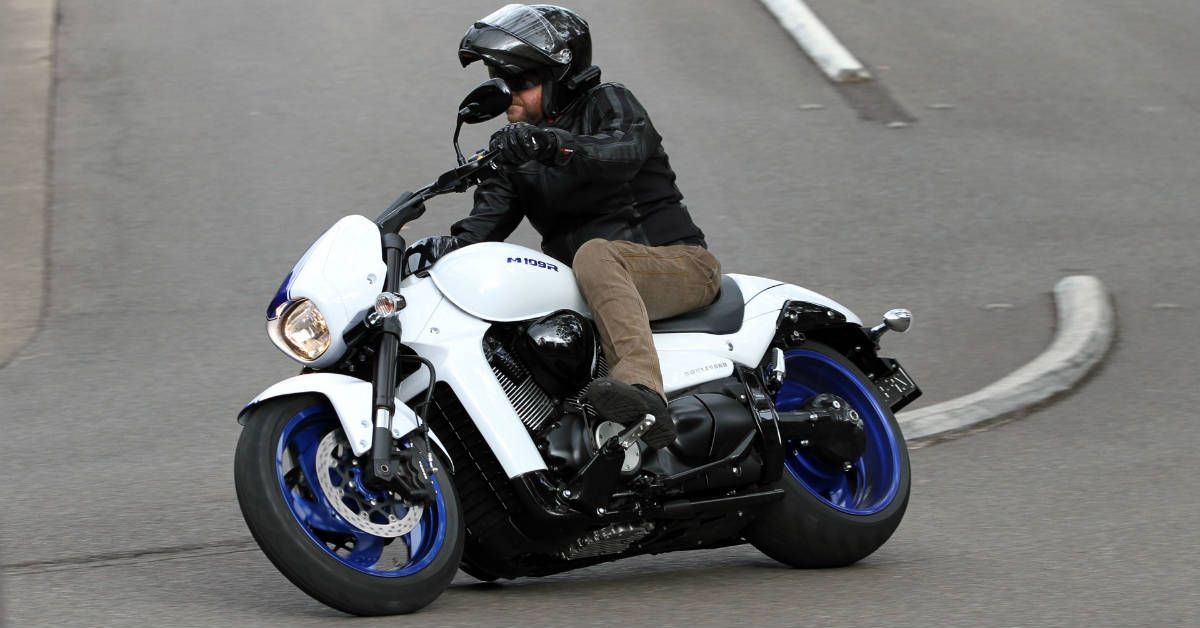
These 10 Japanese Power Cruisers Will Put Any Harley Davidson To Shame
These popular Japanese cruiser bikes will out-power and out-handle Harley-Davidson's motorcycles.9 Multiple Generations Of The Magna
Production Years: 1982 - 2003
The Honda Magna wasn't a one-hit wonder. The power cruiser saw constant improvement and quite a lot of changes throughout its production.
The Magna's journey started off in 1982, and for the next few years, it sported a liquid-cooled V4 engine and a 6-speed transmission. There was a point where Honda was forced to drop the engine's displacement to 698cc thanks to import tariff regulations, a point where the Magna boasted increased speed to take the fight to Suzuki and BMW, a phase where the fuel tank was made bigger, one where the tires and wheelbase were made larger, and a lot more.
The Magna's glorious run came to a close in 2004 after multiple generations, but by then, the power cruiser had already created a lasting legacy and paved the way for future power cruisers.
8 High Reliability And Longevity
Periodic Maintenance Interval: Every 8,000 Miles
The Magna performed adequately past 100,000 miles, and considering the majority of cruisers were well-used, the bike could last three decades if maintained well, in a manner of speaking. On a Honda motorcycle, the mileage tends to be less relevant compared to the service maintenance.
The Magna gained power through revolutions per minute. It ran and accelerated smoothly even at 1,500 rpm, meaning the machine parts of the motor were not likely to experience extreme stress. Due to its low gearing, it could do quick passes without downshifting and straining the transmission.
7 Fuel Line Issues
The Magna did have a vulnerability for dry rot on its fuel lines. If it sat for some time without use, the Magna would be problematic to start or could not maintain idling. That was because of the limited amount of fuel making it to the carburetors because of blockage from the degrading fuel lines.
It was easy to diagnose the problem as a bad fuel pump since the fuel was not getting to the engines, but the issue was more likely associated with the passageways themselves.
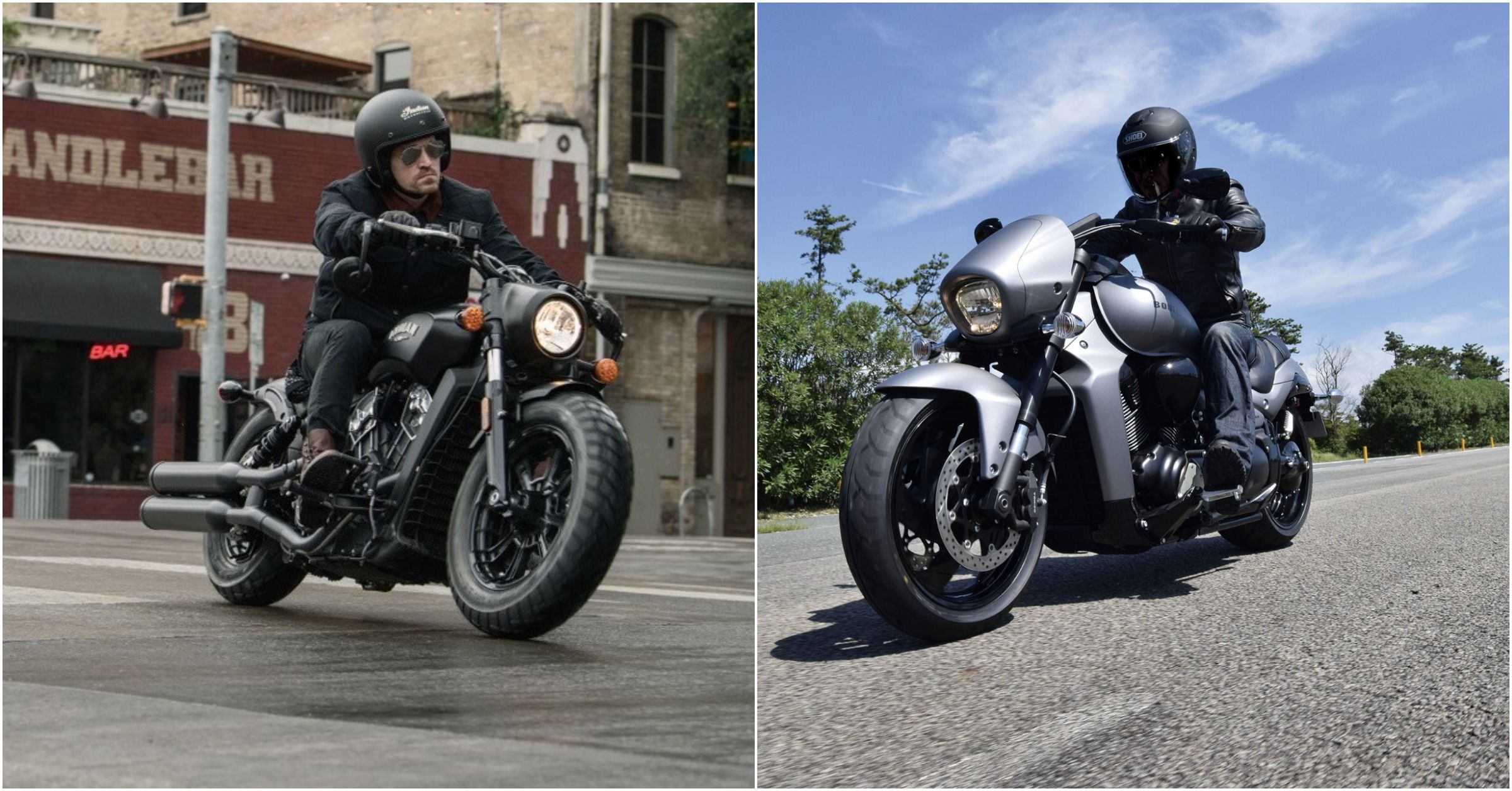
15 Power Cruisers We'd Ride Instead Of A Harley-Davidson
When it comes to cruisers, the sheer popularity of Harley Davidsons blinds many people from all the other amazing bikes with beastly engines.6 Too Much Power
Most Powerful Honda Magna Packs 121 HP
The Harleys were the main cruisers of that period and would yield 55 horsepower at the peak of their performance. And yet, here was the Magna power cruiser with a V4 engine revving up to 9000 rpm and producing 87 horsepower.
Honda continuously upgraded the Magna's performance over the years. The VF750C Magna, the last generation, put out 87 horsepower, and the V65 Sabre managed 121 horsepower. It became the first 150 mph production bike by Honda.
5 Commendable Fit And Finish
Considering the chrome and attractive paint schemes, the Magna gave off a clean cruiser vibe. The chromed exhaust adds to the sporty appeal.
The low pull-back handlebars are one of the visible signatures of Harley's contribution. That, combined with the fat rear tire, made the Magna look stable yet laid back. The large side panels on either side also made the bike more aerodynamic.
1995 Honda Magna Dimensions
|
Length |
93 in. |
|
Wheelbase |
65 in. |
|
Seat Height |
28 in. |
|
Dry Weight |
504 lbs |
|
Fuel Capacity |
3.5 gal |
(Specs sourced from Motorcycle Specs)
4 '90s-Era Suspension
Unfortunately, Harley and Honda did not invest a lot into the suspension of the Magna. There was a damper rod in front and cheap twin shocks for the rear, so the ride was uncomfortable. The rider or their passenger did not feel firmly planted.
Most forums have advised riders to go around the potholes to get the best out of the shocks in the long term. It may also mean proactive maintenance, so there is not a lot of wear and tear.
1995 Honda Magna Suspension Specs
|
Front Suspension |
41mm air-assisted forks, 4-way anti-dive adjustable |
|
Front Wheel Travel |
4.7 in. |
|
Rear Suspension |
Dual shocks, preload adjustable |
|
Rear Wheel Travel |
3.9 in. |
|
Front Brakes |
315mm single disc |
|
Rear Brakes |
180mm drum |
(Specs sourced from Motorcycle Specs)
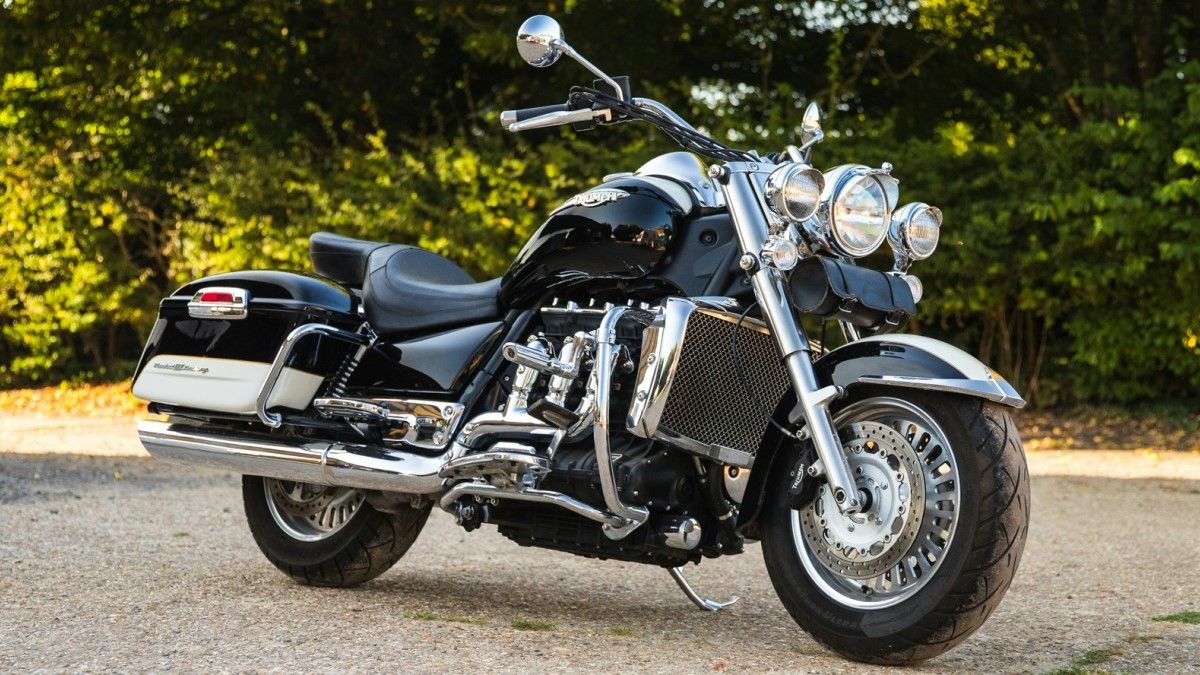
These 13 Classic Cruisers Are Cooler Than Most Modern Rides
They may be slightly outdated, but these cool cruiser motorcycles have aged remarkably well.3 Harsh-Yet-Stable Ride
The riding position was improved because of the low handlebars and the wide saddle. According to TopSpeed, the middleweight stature of the bike was tangible from the handling. The steering was light yet precise, with good response.
It was easy to hold a line even at high speed, and it did not do anything unpredictable. The Magna was a joy to ride over the open road, and one often found themselves speeding. It was not the most rigid bike either. The throttle roll-on was simple after reaching the desired lean angle because of the predictable torque curve.
2 Weak Disc Brakes
Unfortunately, there was only a single disc brake at the front and a large drum at the back. The drum could provide the brake force needed for the bike while in motion, but the disc was slightly weak in relation to the power and weight of the Magna.
It took a bit more force to make the front brakes work by squeezing the lever. One had to use a cruiser strategy by initiating twice as much force for the front brakes as the rear. Using more of the rear brakes for good results was also prudent.
1 Used Honda Magnas Are Very Affordable
Used Price Range: $1,500-$5,000
If all this sounds good to you, the good news is that you can still pick up a Honda Magna, thanks to plenty of examples in decent condition in the used market.
Several Honda Magnas are selling for anywhere between $1,500 and about $5,000, depending on the model and its condition. Typically, though, as stated earlier, Magnas tend to last a long while without any serious reliability concerns. It is a Honda, after all. The only thing to keep in mind is to check whether the used example you're eyeing doesn't have too many modifications done to it. If they weren't up to the mark in terms of quality, there's a very real chance that the life of the bike could be adversely affected.
- Source for features: Top Speed, Motorcycle Cruiser, Viking Bags
- Source for technical specifications: Motorcycle Specs, Manualslib
- Source for used prices: Cycle Trader

